Celebrated amid the busy crowd of tourists and Tamilians, there are several cultural events and festivals to enjoy and experience while visiting South India. Pongal is one of the biggest harvest festivals that is celebrated annually in January. This four-day-long festival is held to thank Mother Nature and cattle for bestowing grain and food on them. 'Ponga' literally means flooding and it is called so due to the custom of cooking newly harvested rice in pots until they start overflowing, which represents abundance and prosperity. The Pongal festival in India is known by different names in diverse regions in India such as Makar Sankranti in North India, Lohri in Punjab, Bihu in Assam, Hadaga in Maharashtra and so on. People gather together with families and friends to celebrate the day with great zeal. In Tamil Nadu, several wedding functions are also held during this time.
1. The History
The history of Pongal is derived from the Sangam Age and known as the ‘Dravidian Harvest festival’. However, some claim that Pongal is around 2,000 years old and was earlier celebrated as Thai Niradal. According to the story, during Pongal, unmarried girls used to pray for agricultural good luck and prosperity of the country and observed penance. Also, during the Tamil month of Margazhi, they refrain themselves from having milk and other dairy products. The use of rough and harsh words was stringently refrained by them. The ritual of the penance also included an early morning ceremonial bath. The Pongal festival in Tamil Nadu is held dear, especially by those who are into farming since it signifies the end of the harvesting period.
2. Why is Pongal celebrated?
Hindu Mythology claims that once Lord Shiva asked Basava or Bull to go to the earth and ask the people to have an oil massage and take bath daily. However, the bull declared that humans need to eat every day and get an oil bath once a month. This made Lord Shiva angry and he cursed the Bull to plough the fields, aid people produce more grains on farms and live on the Earth forever. Since then, at the end of the harvesting season, people celebrate Pongal in Tamil Nadu with crops and cattle.
3. How is Pongal celebrated in Tamil Nadu?
Here’s how it all goes down. A few weeks before the festival, people start preparing by cleaning and decorating their houses. Pongal is a 4-day festival where the first day is devoted to Lord Indra, second is about worshiping the Sun, the third day is dedicated to worshiping cows and the fourth one is about following the traditional Pongal rituals. Because of how diverse the celebrations are, Pongal is a part of several festival tours packages in India.
Day 1
The first day is known as the Bhogi festival which is held in honor of Lord Indra who is the superior ruler of clouds, bestowing rains. Lord Indra is worshiped for helping people to have an abundance of harvest and bringing prosperity. The other ritual on Pongal in Tamil Nadu is called the Bhogi Mantalu which is about throwing all useless household items into the fire made of cow-dung cakes and wood.
Day 2
The second day of this winter harvest festival is known as Surya (Sun) Pongal where people pray to Sun in the morning. They also decorate their home with kolam or floor designs made with ground rice powder and sugarcane. The ceremonial worship is done when the rice is cooked in milk in the courtyard in an earthenware pot and then offered to the sun. The offerings to the sun God also consists of sugarcane, bananas, and coconut in dishes.
Day 3
The third day of Pongal celebration in Tamil Nadu is about celebrating Mattu Pongal which is a day of cows. The cows are adorned with corn sheaves, bells, flowers, and colourful beads and fed with a Pongal dish. Also, a puja is performed to keep bad energies at bay. The whole atmosphere becomes joyous and full of fun. It is for this reason that this winter harvest festival is a major attraction among tourists in Tamil Nadu.
Day 4
The Fourth day of Pongal in Tamil Naduis known as Kannum Pongal day. On this day, families at every home pay their gratitude to their elders and pray for everyone's happiness. On Kannum Pongal day, a turmeric leaf is washed and kept on the ground. Later, the leftover Pongal, sugar-cane bits, colored rice grains, turmeric, and betel nuts and leaves are placed on this leaf for birds.
4. The traditional food of Pongal
In Tamil Nadu, sugarcane, rice, turmeric, and other crops are harvested in the Thai month of January. This represents the annual harvest season and therefore, the celebration of the Pongal festival is initiated. During the celebration, two kinds of conventional dishes including sweets and salty dishes are cooked. The sweet Pongal is also called as Chakkara Pongal which is a scrumptious mix of boiled rice with milk, dry fruits and jaggery cooked in an earthenware vessel on an open fire. The salty Pongal is made by boiling newly harvested rice with curry leaves, lentils, salt, spices, and ghee. Usually called as Ven Pongal, the salty Pongal is served on a banana leaf and relished with chutney and sambar before starting the real feast.
A potpourri of festivities, the Pongal festival in India is celebrated with great joy and it remains in everyone’s heart till the next Pongal comes by. Lighting bonfires and cooking scrumptious dishes feasts is a common factor of Pongal celebrations all across India. If you haven’t had the chance to experience the festivities of Pongal till date, find a South India tour package which has till festival covered; you’ll be glad you did!








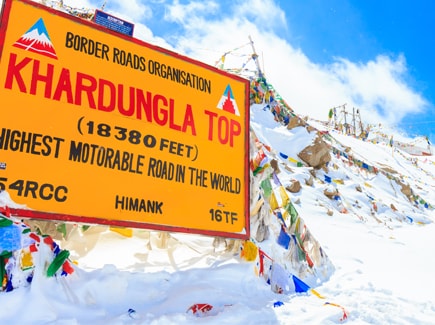

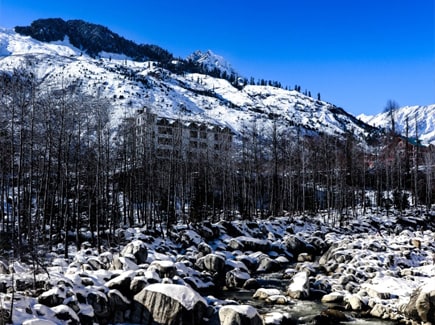



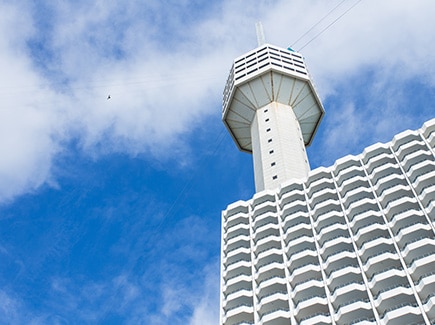

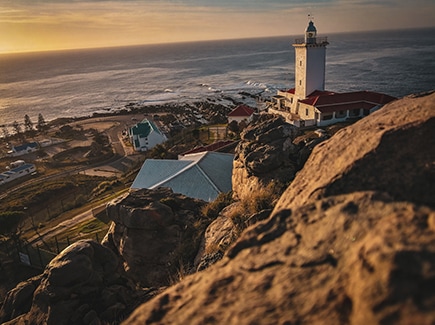

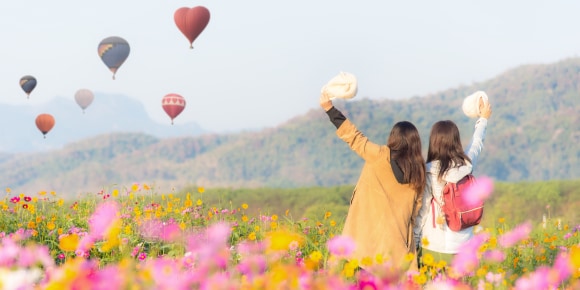
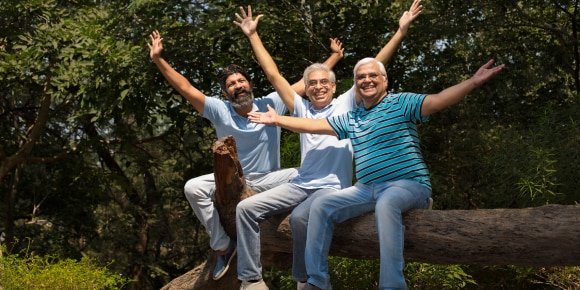




















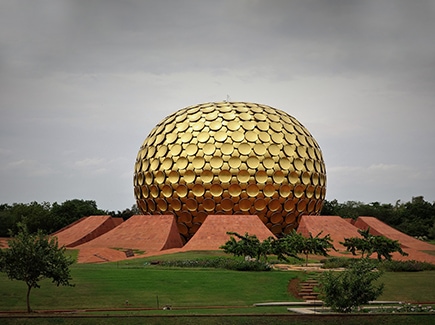
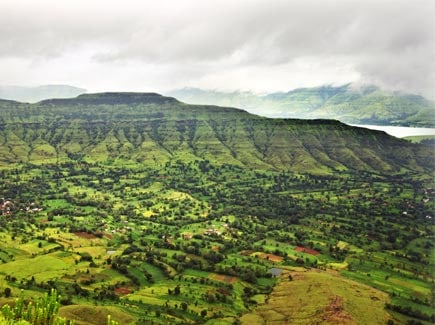
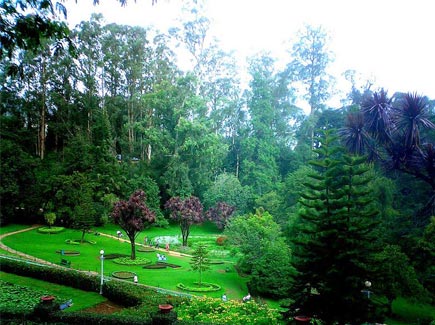












Post your Comment
Please let us know your thoughts on this story by leaving a comment.